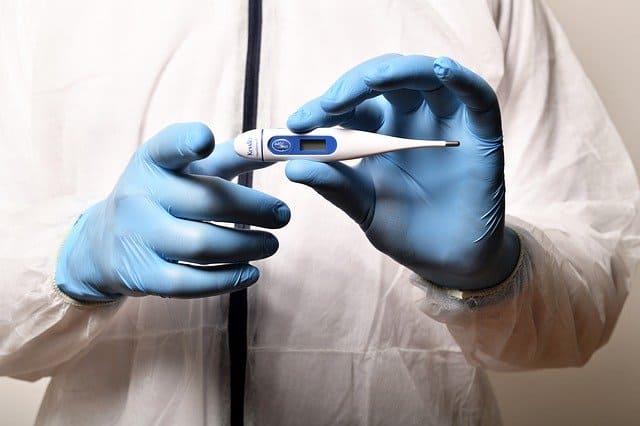OSHA standards and directives regarding the exposure to COVID-19
Although there is no specific standard of the OSHA (Occupational Safety and Health Administration of the United States Department of Labor) that is covering COVID-19, the following requirements may apply to preventing exposure of workers to the novel coronavirus.
The most relevant standards include:
- OSHA's PPE (Personal Protective Equipment) standards (in general industry, 29 CFR 1910 Subpart I), which require the use of gloves, eye and face protection, as well as respiratory protection.

- The General Duty Clause, Section 5(a)(1) of the Occupational Safety and Health (OSH) Act of 1970, 29 USC 654(a)(1), which requires employers to ensure that each worker has “employment and a place of employment, which are free from recognized hazards that are causing or are likely to cause death or serious physical harm.”
Another standard worth mentioning is OSHA’s Bloodborne Pathogens standard (29 CFR 1910.1030), that applies to occupational exposure to human blood and other potentially infectious materials that typically do not include respiratory secretions that may transmit COVID-19. However, the provisions of this standard offer a framework that may help control some sources of the virus, including exposures to body fluids (e.g., respiratory secretions) not covered by the standard.
Furthermore, there are some state standards that might apply. There are twenty-eight OSHA-approved State Plans, operating state-wide occupational safety and health programs. State Plans are required to have standards and enforcement programs that are at least as effective as OSHA's and may have different or more stringent requirements.
One example is the California Division of Occupational Safety and Health (Cal/OSHA) Aerosol Transmissible Diseases (ATD) standard, which is aimed at preventing worker illness from infectious diseases that can be transmitted by inhaling air that contains viruses (including COVID-19), bacteria or other disease-causing organisms.
In order to record workplace exposures to COVID-19, it is important to know that the novel coronavirus can be a recordable illness if a worker is infected as a result of performing their work-related duties.
Employers are responsible for recording cases of COVID-19 if all the following criteria are met:
- The case is a confirmed case of COVID-19
- The case is work-related, as defined by 29 CFR 1904.5; and
- The case involves one or more of the general recording criteria set forth in 29 CFR 1904.7 (e.g. medical treatment beyond first-aid, days away from work).
Related links
Main menu



